Across the Horn of Africa the humanitarian situation is fragile due to ongoing conflict, drought, famine and economic hardship. Ethiopia's borders with Eritrea, Somaliland and Somalia all suffer from the presence of landmines laid during both historic and more recent conflicts.
Landmines kill valuable livestock and restrict access to already scarce resources such as water and grazing land, exacerbating existing inter-clan conflicts.
Having cleared minefields on the Somaliland side of the border since the early 2000s, HALO's work in Ethiopia began in 2022 as clearance of cross-border minefields in the Somali State in the south of the country. This work was an essential part of the the Berbera corridor project—opening up trade routes from Berbera Port in Somaliland, to Ethiopia, and the interior of the Horn of Africa. As the roads are rebuilt, population pressures are increasing in the border region, compounded by a succession of severe droughts pushing traditional nomadic communities into the local villages.
Following a reorganisation of its mine action governance structure in 2024, Ethiopia assigned HALO to begin operations in the Afar State in the northeast of the country. Recent internal conflicts in Tigray and Amhara states has spilled into Afar leaving a legacy of mines, unexploded ordnance and improvised explosives. HALO spent early 2025 setting up an office and recruiting staff for its new operations in Afar.
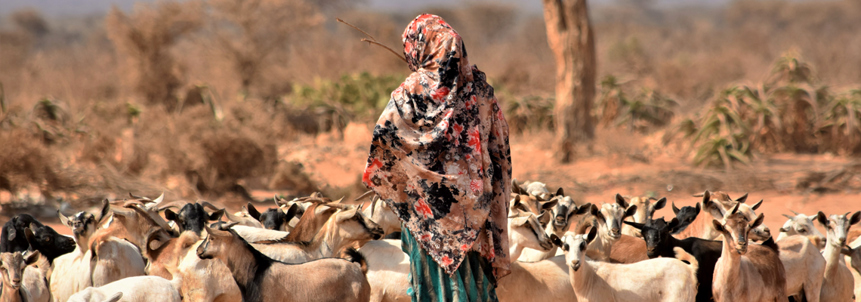
Our Work

Clearing landmines & explosives

Teaching people how to stay safe

OUR IMPACT
HALO employs and trains local men and women to make their own communities safe, providing opportunities for consistent employment where they are often scarce—especially for women.
Ubah is 22 years old and comes from Khatumo village in the Gashamo district of Ethiopia. She was one of the first people to be recruited by HALO in Ethiopia. After completing her training, she began work in a minefield near to her own community in September 2022. Ubah only had the opportunity to complete primary school and had no previous work experience but, since joining HALO, she has already qualified as a medic-trained deminer and wants to continue to develop her skills. Her job allows her to take care of her family, including her brother and elderly grandmother.
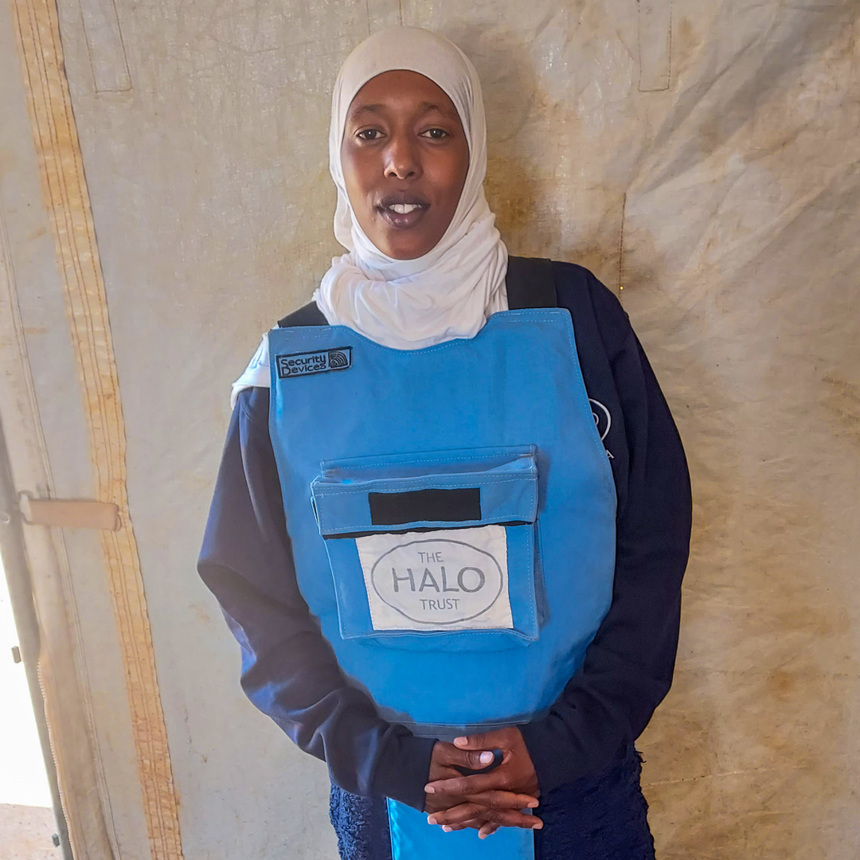
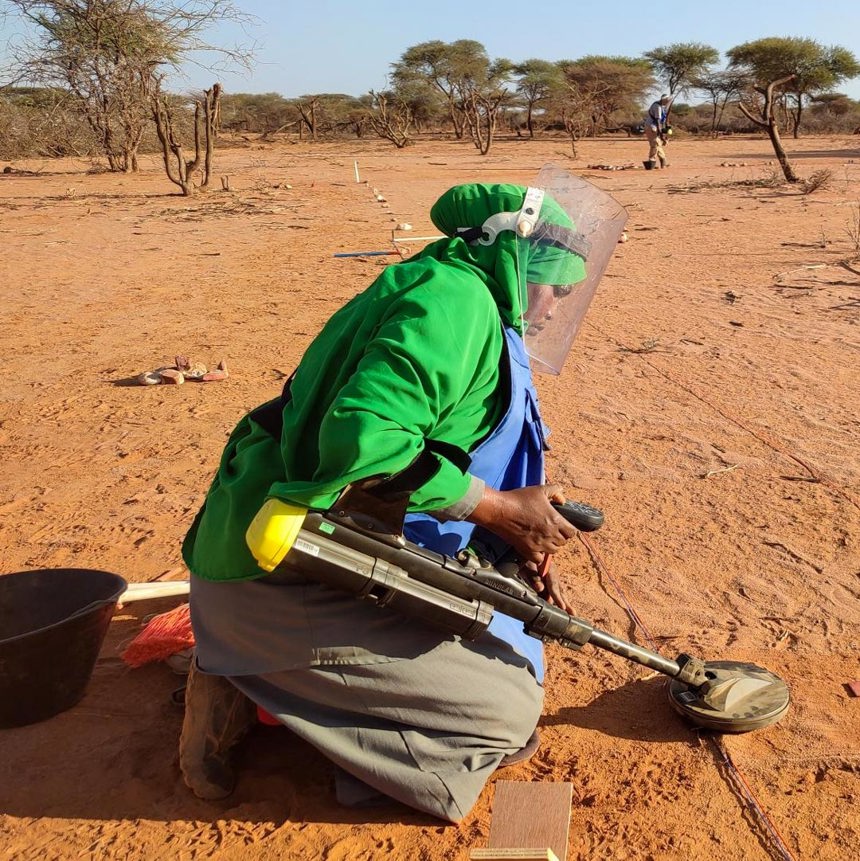
Read more stories from The Horn of Africa
Get Involved
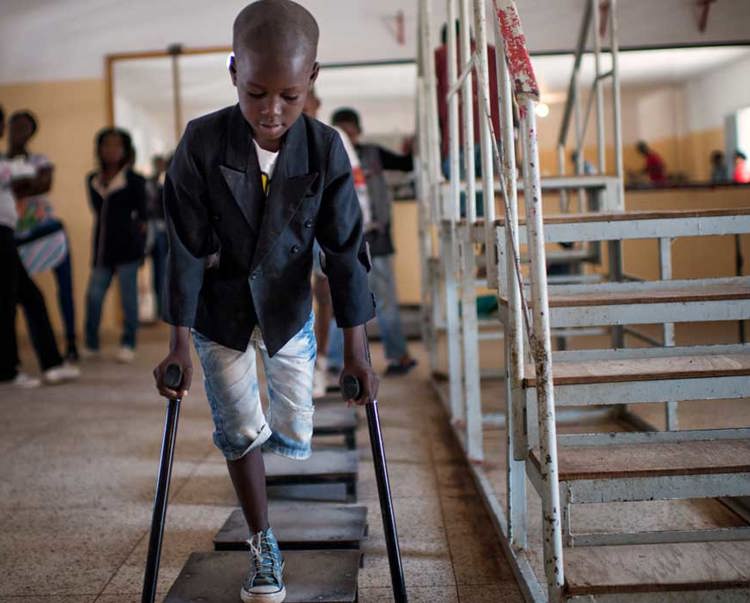
Clear a landmine, save a life
With your support, land can be made safe and lives transformed
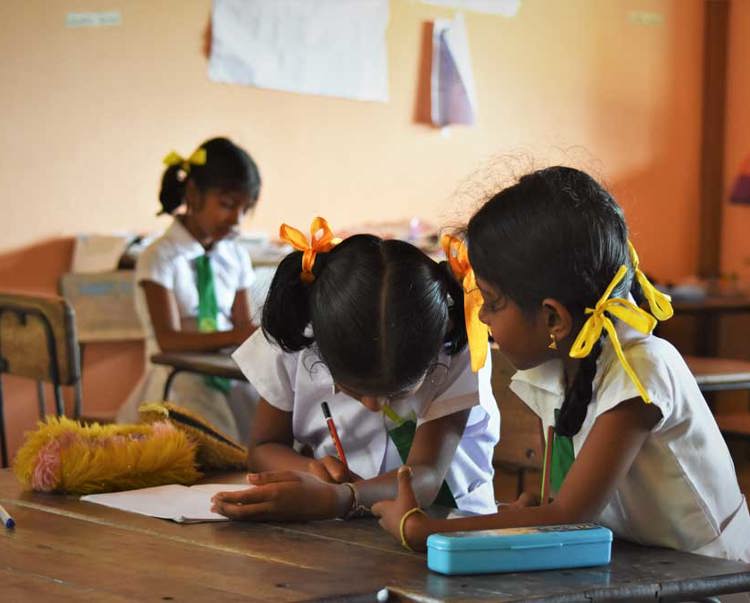
Sign up to our newsletter
Be first to hear inspirational stories and all the latest HALO news and events






